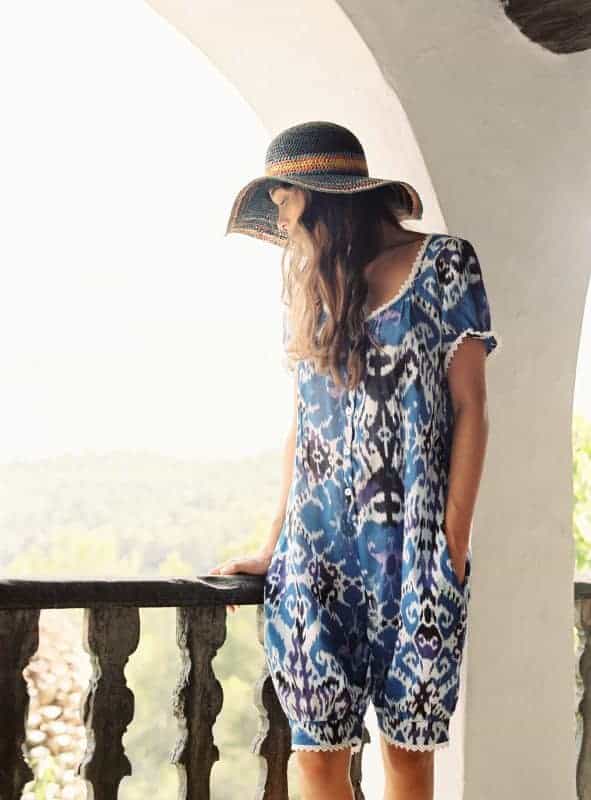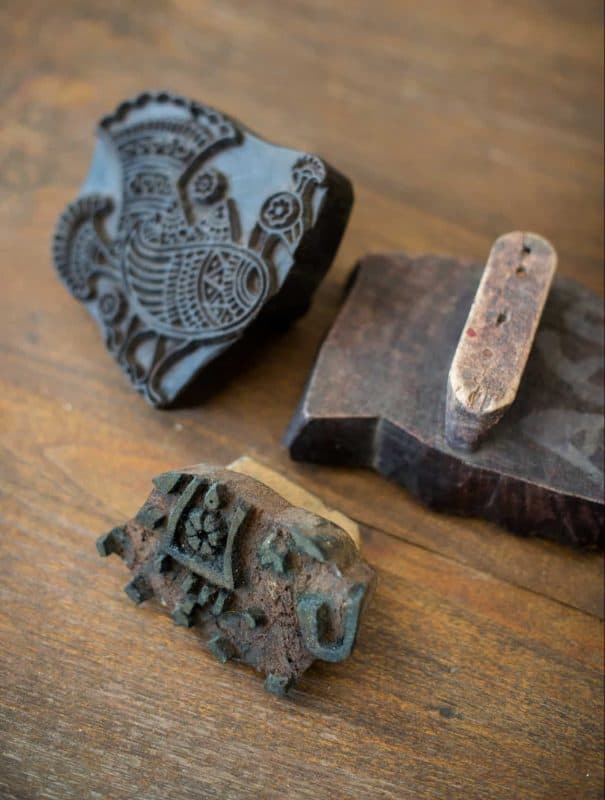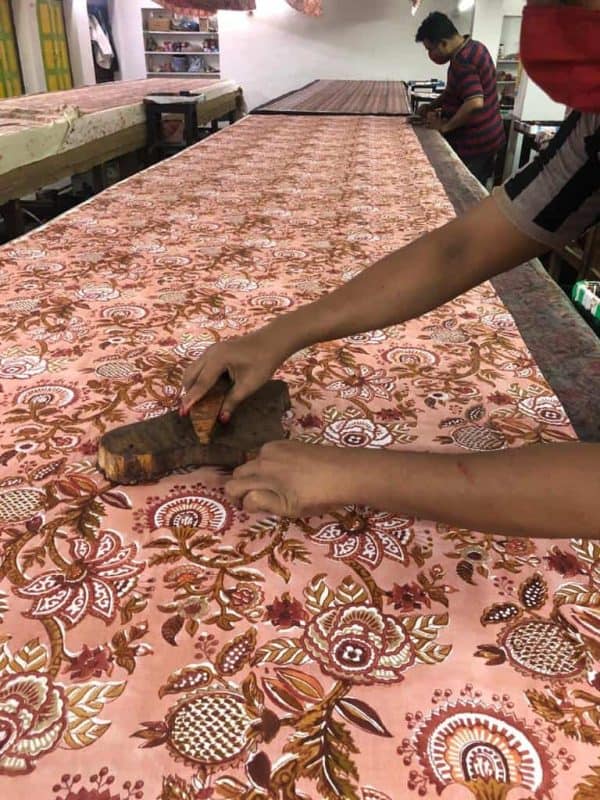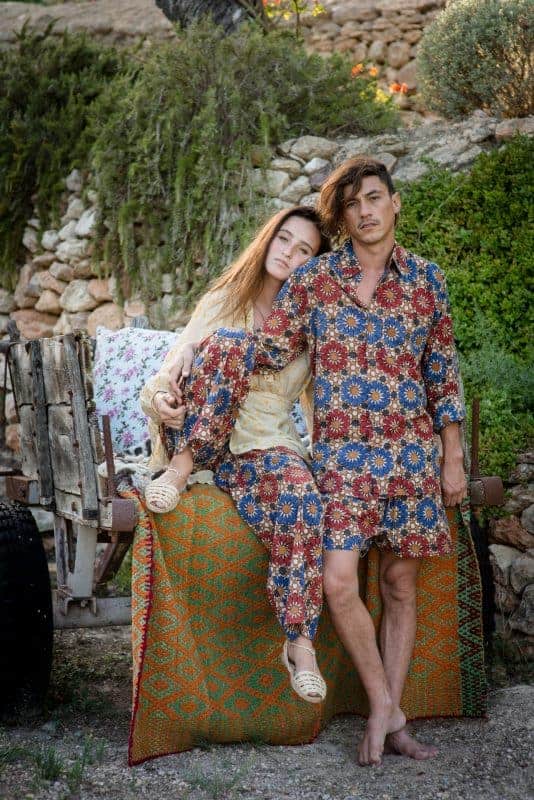My fascination with textiles began at quite a young age and has escalated into full blown LOVE.
Beautiful prints, patterns and weavings always catch my eye but investigating the intricacies of how these patterns on woven textiles are made has really become a passion. These different types of age old crafts have incredible stories behind them and one of my missions is to keep these crafts from disappearing.
These techniques are so utterly incredible that I truly believe they must never disappear so that future generations can admire them as much as I do!
Kantha stitching and hand block printing are two favourite techniques of mine but the more I learn about Ikat, the more I fall in love with it.
Ikat is possibly one of the oldest forms of textile decoration. This intricate weaving technique uses a method called resist-dye in which the yarns are tightly wrapped and dyed before the fabric is weaved. Used to pattern textiles, the ikat technique is very tricky to perfect but end results are a true work of art.
Due to the complexity of the technique, Ikat has been known to symbolise wealth and prestige. Most prevalent in Central Asia, Indonesia, India and Japan, ikat is also found in many cultures and is known as daraee in Persian which translates as wealth, and this fabric is often included in a bride’s dowry during wedding ceremonies.
The word ikat in Indonesian literally means to tie or to bind.
Ikat is popular all around the world and many different cultures have their own adaptation of it, each just as intricate as the next. The main types of ikat weaving are weft, warp and the magnificent double ikat. I won’t go into too much detail here but if you would like to find out more about these amazing techniques, visit our Artisanal Crafts page.
Weft – the crosswise threads on a loom that are passed over and under the warp threads to make cloth and the weft yarns are dyed a solid colour.
Warp – the lengthwise or longitudinal threads on a loom over and under which the weft threads are passed to make cloth.
Double ikat – both the warp and weft yarns are tied and dyed before being woven into a single textile. Double ikats are understandably quite rare.
The long wall hanging pictured above is one of my favourites and is a Sumba vintage ceremonial piece, made using vegetable dyes, double ikat weave and the mirror-image technique.
If all you can think about now is the beauty of ikat, pop in and browse my lovely collection of pretty ikat prints.
Also available in a number of different ikats is the gorgeously funky Ikat Kirsty Coat like the one I am wearing. These fantastic coats are fun and easy to wear long coats made from a cotton/silk traditional ikat. They feature a collar, side pockets and a pretty hand block cotton print lining. No two are the same and each one was designed by me, with love.






















